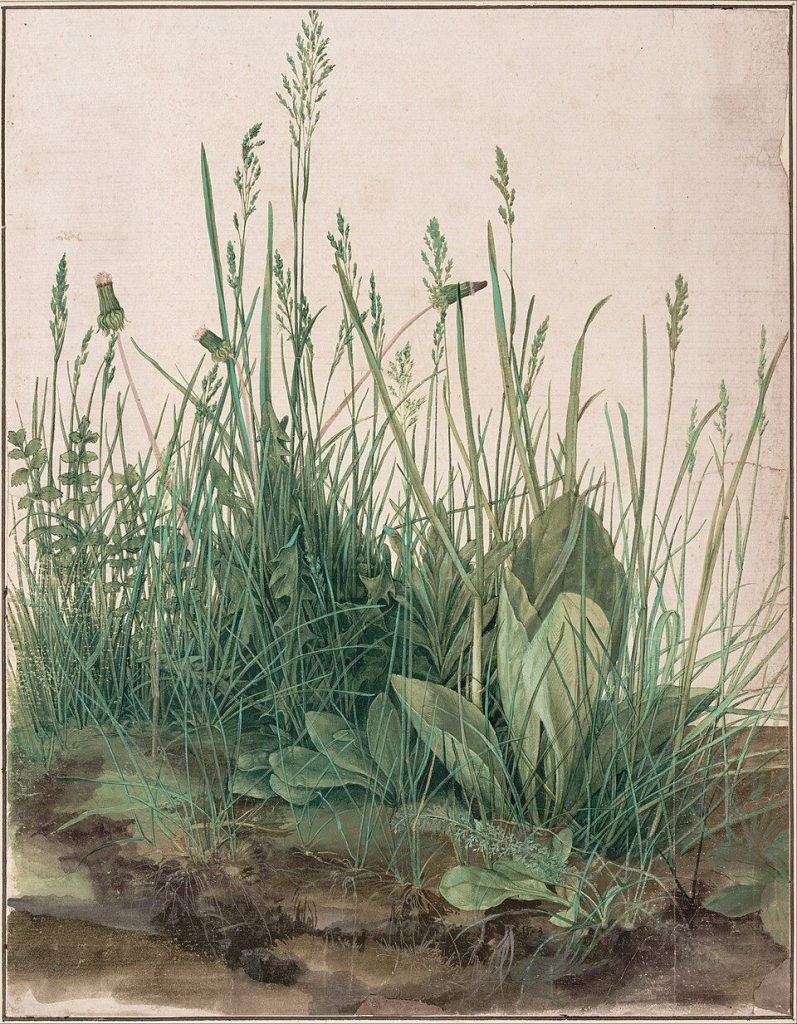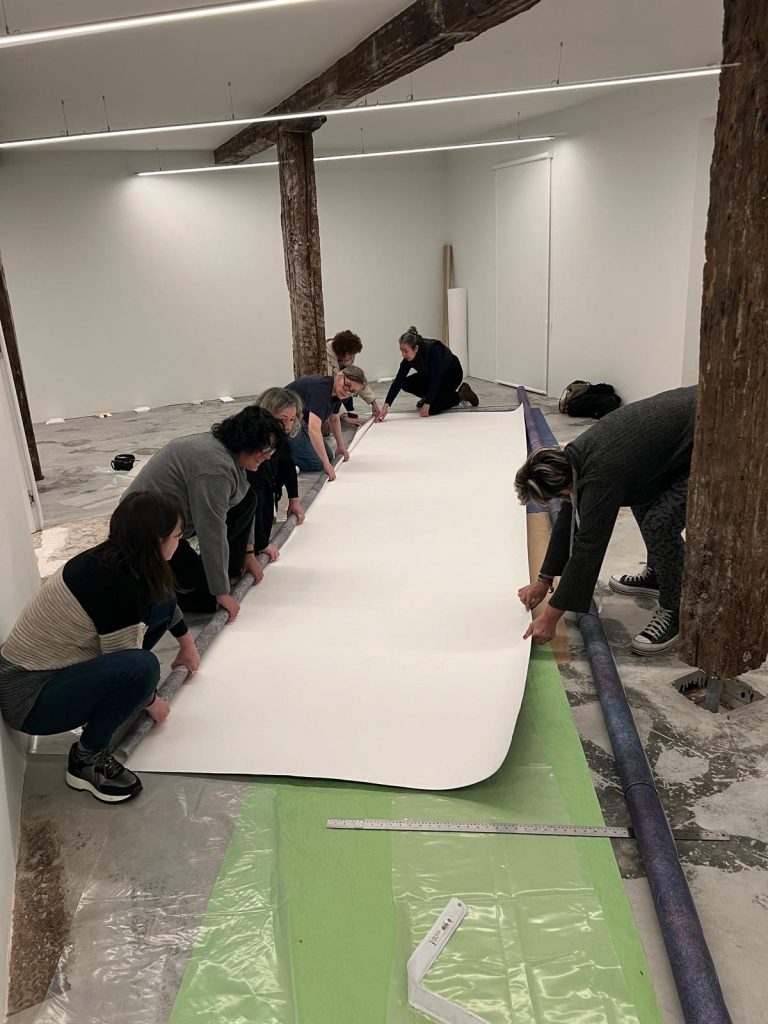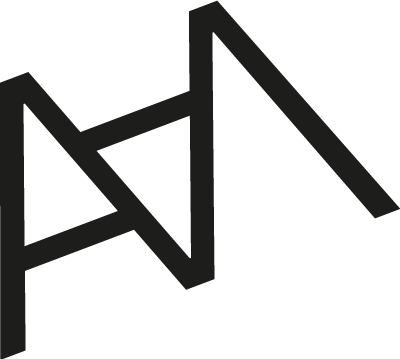
To sow, to plant, to water, to prune, to fertilise, to dig, to weed, to plough, to transplant, to clear, to spray, to cover, to aerate, to clean, to fence, to germinate, to sprout, to blossom, to fruit, to wilt, to pollinate, to ripen, to gather, to harvest, to cut, to defoliate… the list of verbs could be endless because the list of actions that occur to care for, tend, take charge of, heal? a garden is likewise impervious to discouragement.
We often like to think of gardening as an activity that lies halfway between the natural and the cultural, between spontaneous growth and human gestures that intervene, select, order and prune. More than a mere cultivation technique, it is a form of spatial and temporal thinking: cultivating a garden involves imagining futures, accepting cycles, negotiating with the unpredictable. The gardener does not impose, but coexists with the life that comes to them or escapes them. In this sense, gardening is also a politics of care, a slow choreography between the visible and the latent, between willpower and waiting.
We would like to think that publishing and curatorial work (common and inseparable for us) draw on all of the above and respond to some rationales and dynamics that irretrievably relate them to gardening.
But it is also interesting to note that in garden ecosystems, as in art ecosystems, an entire structure unfolds that illustrates the toxicity of certain relationships of power, domination, exclusion of the other, exploitation, intense extractivism and self-serving exoticisation. A structure that embodies an entire ideology of race and class, using idleness, contemplation and the epiphany of daily blossoming to obscure and anaesthetise the uncomfortable reality – still prevalent today – of those who enjoy the garden (both plant and artistic) and its fruits and benefits, and those who work themselves to the bone there. The underlying economies of the construction of solace and desire.[1]
Debates that are updated and reinvented from time to time have kept us busy for some time now with the recurring reference to the “indigenous”, native and idiosyncratic botany, the need to conserve and protect, yet at the same time, the implicit supremacism of phrases such as “invasive species” and its analogies with immigration policies.[2] Or with the way we are able to think about the idea of garden in war scenarios.[3]
When we moved Caniche from Bilbao to Ibarrangelu, a small coastal town in the Urdaibai region with just over 600 inhabitants, we had little more than an almost dilapidated building (Iturribide Etxea) in need of renovation and an abandoned plot of land covered in ferns and brambles. We also had an idea in mind: to undertake a process of rehabilitation and care of the garden according to the principle of minimal impact, to be as non-invasive as possible, which somehow was already informing a few practical aspects of our task as a publishing house and our circle of interests.[4]
Given that the renovation process would take months, we clearly had the desire from the outset to take advantage of the garden, as well as the renovation of the building itself, to suggest proposals. The first exhibition there was therefore held outdoors in the garden, with Claudia Rebeca Lorenzo’s wonderful glass and tape sculptures acting like prostheses incorporated into the trees, like mirrors of their own branches. This vacant space almost became a kind of playground that we shared with Claudia, our dog Lorca and the locals who dropped by, either driven by curiosity or generosity, to give Claudia and us their flowers, fruit and time.
During the production and assembly of the pieces, and also afterwards, we gradually came to tend the garden in order to make it more habitable. We cleared ferns that were often taller than us, attempting to keep the brambles at bay and pruning the hydrangeas and camellias. We also planted the pruned branches as an experiment to see if new plants could grow from them (successful in many cases). We collected hundreds of plums and made dozens of jars of plum and ginger jam to give to visitors. We transplanted bulbs from one area to another, and we put everything that was left over or that we couldn’t reuse in the compost bin that our neighbour Mari Carmen gave us. She also gave us the succulent plants on the terrace. Julián taught us to weed the garden. María Jesús gave us rose bushes, and Agurtzane and Aitor, who kept the letters we received, installed the beautiful wooden letterbox that Ana’s father, Pablo, had made for us.
That garden was therefore our first point of contact with our neighbours, allaying some of the fears that we had about how a project dedicated to contemporary art would be received in this small rural seaside community, and whether it would be possible to create a shared space, a collective project, that would involve the local community and make them feel that it belonged to them. Our fear of appearing there like a spaceship was definitively dispelled when we inaugurated SPEK, the exhibition in Claudia’s garden, and one of our neighbours said to us: “I didn’t understand a thing, but I’ll get the gist of it because I plan to come to everything.”
We were also motivated by the aim of “making room”, so that this peripheral space could welcome and shelter proposals arising from the same or other contexts with which invisible ties could be forged. These proposals would contribute to enriching a landscape of which we already felt part.[5]
Once it was put into use, we tried to transfer the idea of the playground, which was so literal in the garden, to the exhibition gallery. We set up Julia Spínola’s exhibition in our pyjamas, making the most of the domesticity and familiarity we have with her.[6]
The latest exhibition to date, by Gema Intxausti – who incidentally gave us a holly tree for the garden and fed Mishina the cat – also revived this idea of collective work in its assembly. Gema and her friends shaping it through a shared choreography, taking care of the form, sustaining a work that is also a landscape and belongs to everyone.

Patxi Eguiluz and Carlos Copertone make books and exhibitions at Caniche.
[1] We could spend hours looking at the latest posts about the Dutch architect and landscape designer Piet Oudolf’s gardens on his Instagram profile (https://www.instagram.com/pietoudolf/), or the daily life of the British art critic and writer Olivia Laing’s garden (https://www.instagram.com/olivialanguage/). But we have also attempted to critically re-evaluate growth policies in our practice through the ecofeminist approaches of an author such as Yayo Herrero (Toma de tierra, Caniche, 2023). Or to reflect on the role of nature in the representation of power, overlapping propaganda programmes from the ancient Roman Empire, the Baroque and the Fascist era, when pine trees, perspective and roads reconfigured cities in order to project prosperity and eternity to the world. This occurs in Prospetiva, a photographic essay by José Ramón Ais (Caniche, 2023). Similarly, in terms of exhibitions, for example, through the curatorship we carried out for the show Doce, amadeirado e picante by the Peruvian artist Daniel Tremolada (Alianza Francesa, Lima, 2024), which focused on cinnamon and the regime of subjugation and exploitation of communities resulting from the processes of colonisation, cultivation and establishment of trade routes related to this spice, which developed in parallel with the slave trade between Europe, Africa and America (https://www.danieltremolada.com/doce-amadeirado-e-picante).
[2] On the scope of “the natural” and “the unnatural”, see the three issues published by The Against Nature Journal (http://www.council.art/inquiries/29/the-against-nature-journal).
[3] Abu Waad, the last gardener of Aleppo (https://www.youtube.com/watch?v=sWWBCh3G87M).
[4] In October 2022, we were invited to give a talk at Portikus in Frankfurt and encouraged by Clémentine Deliss, with whom we were working on a project at the time, to draw up a manifesto, and so we did. Quién, qué y cómo. Un manifiesto (Who, What and How: A Manifesto). You can consult it on our website: (https://canicheeditorial.com/blogs/panorama/quien-que-y-como-un-manifiesto). One of the issues we referred to had to do with the sustainability of publishing production, particularly with regard to logistics and distribution, which undoubtedly have an impact in terms of the environmental, consuming energy and producing waste. That is why, as we mentioned, we have tried from the outset to be aware of everything related to the ecologies of book production. Our books are printed in our most immediate surroundings (most of the time in Bizkaia, although some of them also in Catalonia, Madrid or Andalusia). Despite the higher financial costs that might entail compared to production outside Europe, or even within Europe, but far from our immediate context. We firmly believe that we need to contribute to minimising the environmental impact stemming from the production, distribution and logistics applied to the book sector. This is not a nationalist or protectionist issue, but rather an option that is committed to territorial and environmental sustainability, as well as the desire to generate professionalised structures and ecosystems around us, and contribute to this on our small scale. This early concern has led us to pay special attention to other publishing initiatives that share this. For example, Brazil’s Bia Bittencourt set up No Libros (https://www.nolibros.org/) in 2018 as a “(…) reflection on the excess and overproduction of books and texts, the saturation of publications produced in the last decade. On the quality, the current need to produce more, and the defence of sharing, recycling, quoting, duplicating, imitating, pirating and hacking.”
[5] The idea of landscape that has probably influenced our practice the most, in this case drawn primarily from the Barcelona art scene, is esnórquel, Sonia Fernández Pan’s podcast (https://esnorquel.es/pod-cast/), which she has been running since 2011, and although her voice is not heard in it, she tells her own story through the voices of others. We have also regularly frequented the magazine Paesaggio, published by Blauer Hase, which invites artists to respond to a request for textual contributions on landscapes without using images (https://antespacio.com/espacios/paesaggio-publicacion-blauer-hase/).
[6] Throughout the entire process of preparing Las convertidoras, we spent with Julia, who discovered it for us, hours and hours viewing the various montages recorded and compiled from exhibitions that have taken place at the Portikus museum (Frankfurt), which appear in chronological order from 1992 onwards, beginning with the Isa Genzken exhibition. Another example that combines the history of the place with the emotional and material landscape of the institution (http://www.portikusunderconstruction.de/).
Further Reading:
